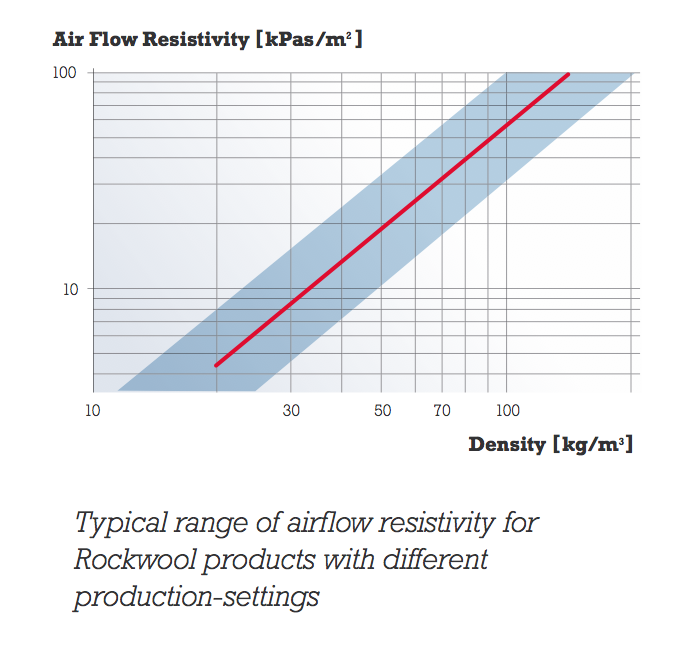ONEMANARMY
Active Member
I am a big believer in room acoustics and therefore interested to know what you have done to address the LF issues.
In my experience the highs & lows are much easier to resolve than the bass.
I've used high density rockwool, cut into triangles and stacked in corners from floor to ceilings in my previous setups.
This had the most profound effect in my room. Once the bass was cleaned up, the highs and mids sounded clearer.
In my experience the highs & lows are much easier to resolve than the bass.
I've used high density rockwool, cut into triangles and stacked in corners from floor to ceilings in my previous setups.
This had the most profound effect in my room. Once the bass was cleaned up, the highs and mids sounded clearer.
(A bit of an elaboration of what I said in a private group last week)
To flesh this out in terms of tangibles, this is what I wanted:
a. The ability to play movies at reference level i.e. loud.
Why is this hard to achieve in a domestic room setting? Couple of reasons:
1. The speakers themselves can't play at those levels without distortion, thereby causing listening fatigue.
2. The room is too reflective and/ has massive LF peaks, again causing listening fatigue.
I think I've the speakers sorted out, but the room is a big hurdle.
b. The ability to watch stuff without subtitles i.e. clear.
Why did I want this? I find that subtitles distract from the visual, that's why. And, when I turn them off and can't understand what was said, I find myself being taken out of the movie/show. The Catalysts had a reputation for dialogue intelligibility, but I don't experience it in my room. Ergo, the problem most likely is in the room.
c. Clean bass with impact.
IMO, this is absolutely central to a great HT audio experience. The Submersives are certainly capable of impact, but given the realities of my room, it became clear that I really needed additional subs to get what I was truly after. The hope is that once the additional subs are in, I can get away with EQ to get the bass quality I crave.
d. Hear every bit of detail that the speakers are delivering i.e. transparency.
There's little point to speakers that are reputed to reproduce every bit of detail that's in the recording, only for the room's reflectiveness and resonances to drown them out. As my acoustician said, before the diffusers were installed, the audio was a bit of a "cacophony" in my room. Brutal, but true.
e. No fiddling with the remote, from movie start to finish.
This really ties in with (a) and (b). In effect, you want the audible frequency response in-room well balanced enough that you never have to reach for the remote during the movie watching. No need to turn it up when the levels are low and certainly no need to turn down when the really dynamic stuff hits.
So far, the installed diffusers have definitely helped with (a) and (d). Can't wait for the treatment on the ceiling and the front wall!










